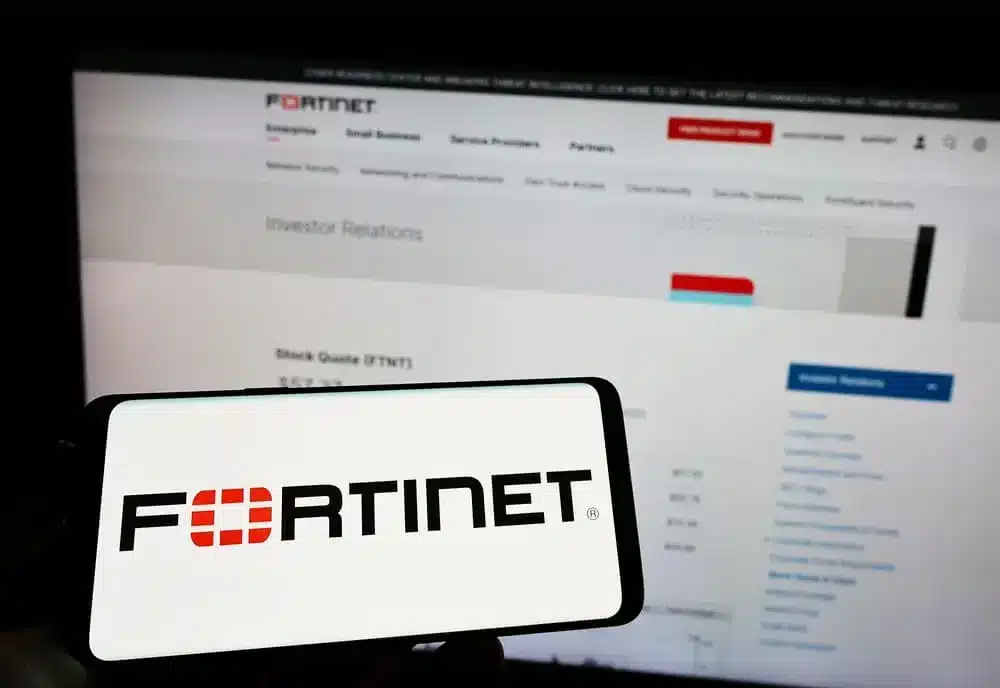
Fortinet has urgently notified users of a critical OS command injection vulnerability in its FortiSIEM platform, identified as CVE-2025-25256, which is now being actively exploited in the wild. According to Fortinet’s security advisory, the flaw received a CVSS score of 9.8, indicating its extreme severity.
What’s at Risk and Which Versions Are Affected?
This vulnerability stems from improper sanitization of special elements used within operating system commands (classified under CWE-78). As a result, unauthenticated threat actors can remotely execute arbitrary code or commands through crafted CLI requests—without any user interaction.
The affected FortiSIEM versions include:
- 6.1 through 6.6
- 6.7.0 to 6.7.9 (upgrade to 6.7.10+)
- 7.0.0 to 7.0.3 (upgrade to 7.0.4+)
- 7.1.0 to 7.1.7 (upgrade to 7.1.8+)
- 7.2.0 to 7.2.5 (upgrade to 7.2.6+)
- 7.3.0 to 7.3.1 (upgrade to 7.3.2+)
- 7.4 is not affected
What Fortinet Recommends for FortiSIEM Bug
Fortinet urges immediate action — either patch to a fixed version or restrict access to the phMonitor port (TCP 7900), which is commonly used for internal discovery and synchronization. Limiting access to this port to trusted internal hosts or IPs may mitigate risk temporarily.
Fortinet also confirmed that working exploit code is circulating in the wild. Unfortunately, these exploits do not generate distinctive indicators of compromise (IoCs), making detection challenging.
Brute-Force Attacks on Fortinet SSL VPNs
This advisory comes on the heels of GreyNoise’s discovery of a sudden surge in brute-force attempts targeting Fortinet SSL VPN devices. On August 3, 2025, more than 780 unique IP addresses—from countries including the US, Canada, Russia, and the Netherlands—attempted unauthorized access to VPN endpoints on numerous continents.
GreyNoise further observed that this brute-force tooling shifted focus around August 5, transitioning from FortiOS-targeted attacks to hitting FortiManager (FGFM) systems instead—suggesting attackers may be adapting their strategy mid-operation.
This pattern is consistent with GreyNoise’s broader research showing that spikes in brute-force activity often precede new CVE disclosures targeting the same vendor, typically within a six-week period.
CVE-2025-25256 Vulnerability Summary
| Issue | Details |
|---|---|
| Vulnerability | CVE-2025-25256 – critical OS command injection in FortiSIEM (CVSS 9.8) |
| Exploit Status | Actively exploited; lacks clear IoCs |
| Affected Versions | FortiSIEM 6.1–7.3.1 (except 7.4) |
| Recommended Action | Patch to latest fixed version; restrict access to phMonitor port (7900) |
| Related Attack Trends | Large-scale brute-force attacks on SSL VPN and shifts toward FortiManager |
| Strategic Insight | Brute-force spikes are often a precursor to new vulnerability disclosures |
Organizations running FortiSIEM must prioritize immediate patching. If updates cannot be applied right away, tightening access to critical internal ports like 7900 (phMonitor) can serve as a temporary buffer. Meanwhile, the recent wave of brute-force attacks against Fortinet devices—especially the shift toward FortiManager—signals a broader, coordinated effort that intensifies the urgency.
Also read: Fortinet FortiSIEM Vulnerabilities Expose Systems to Remote Code Execution
Source: Read More
